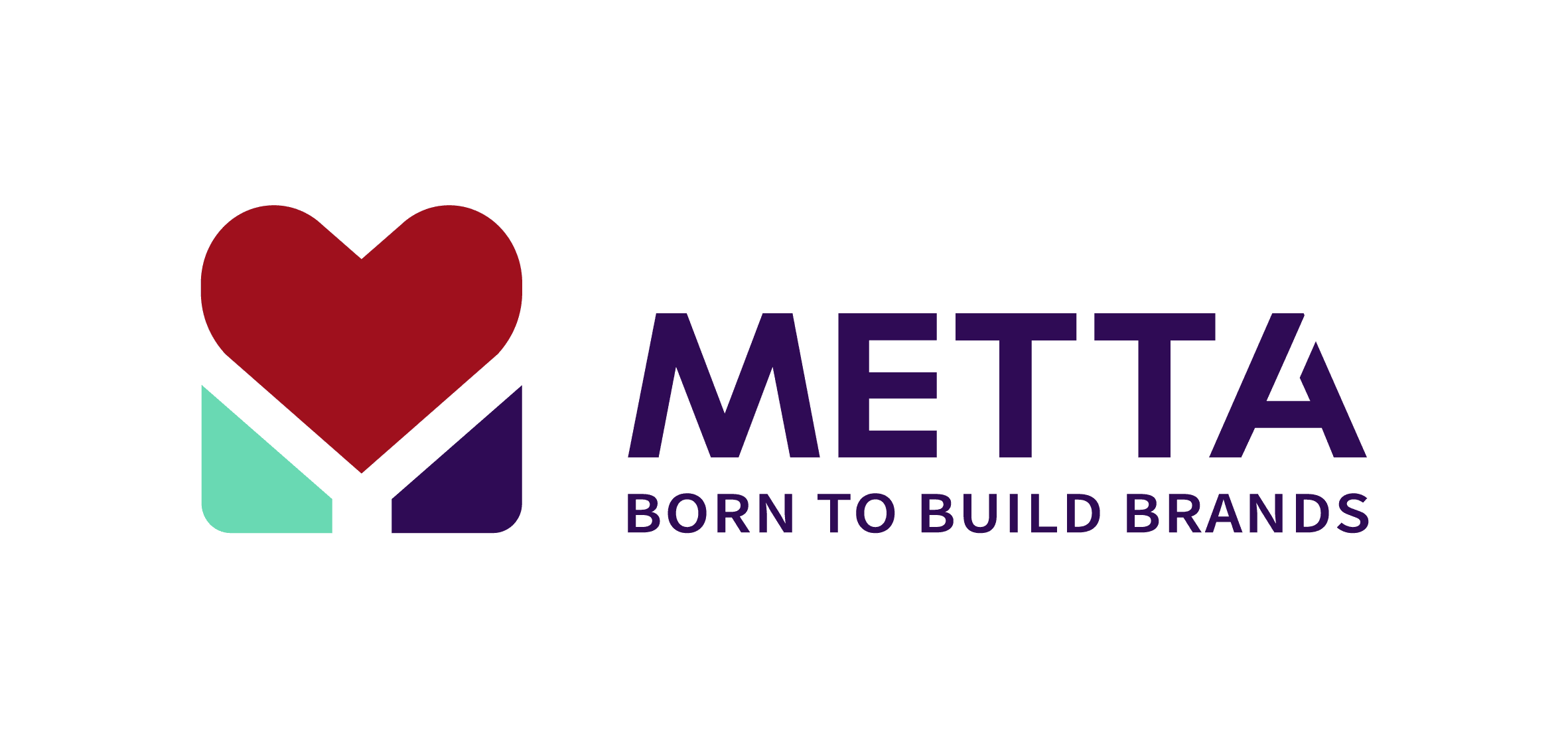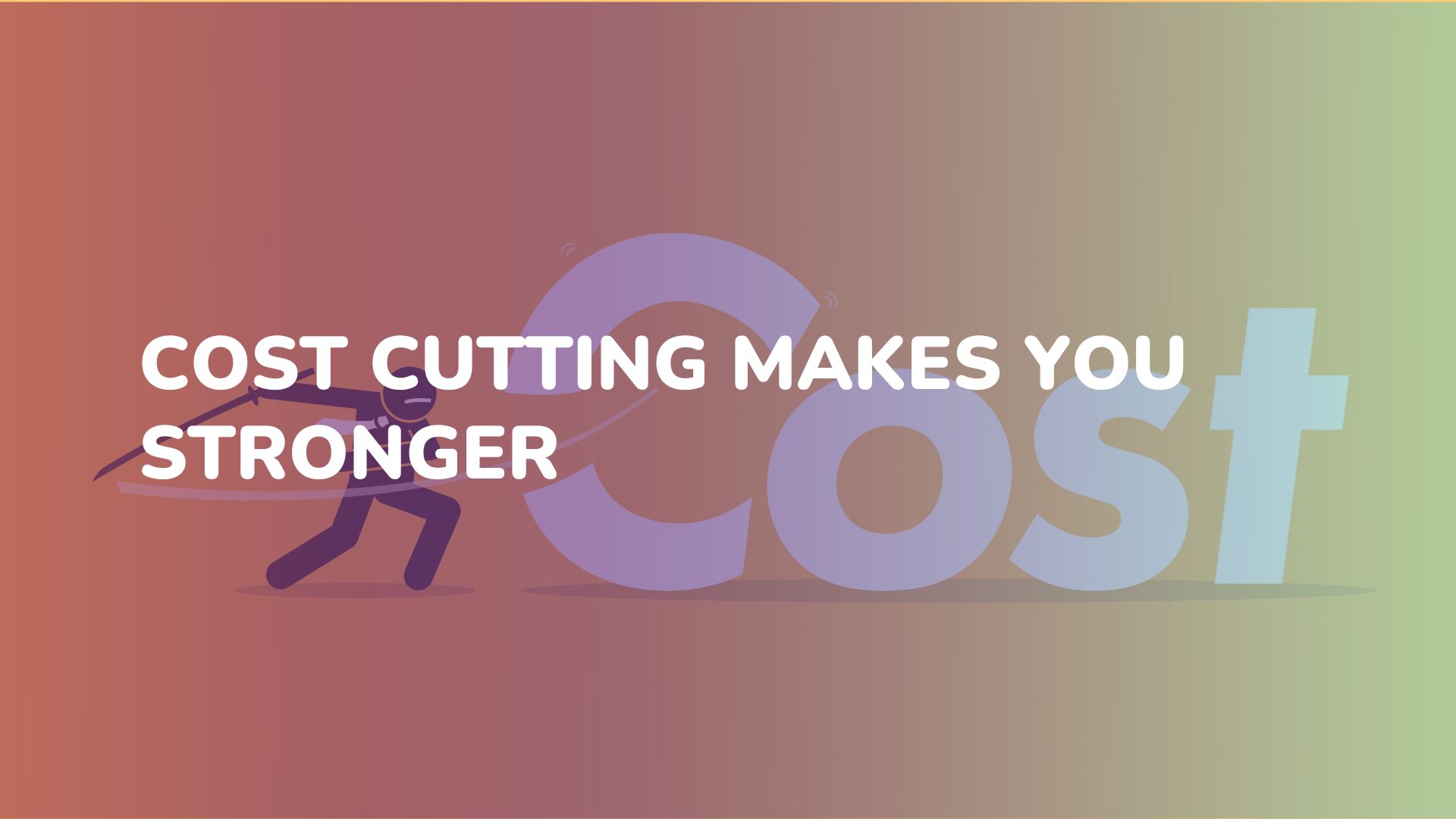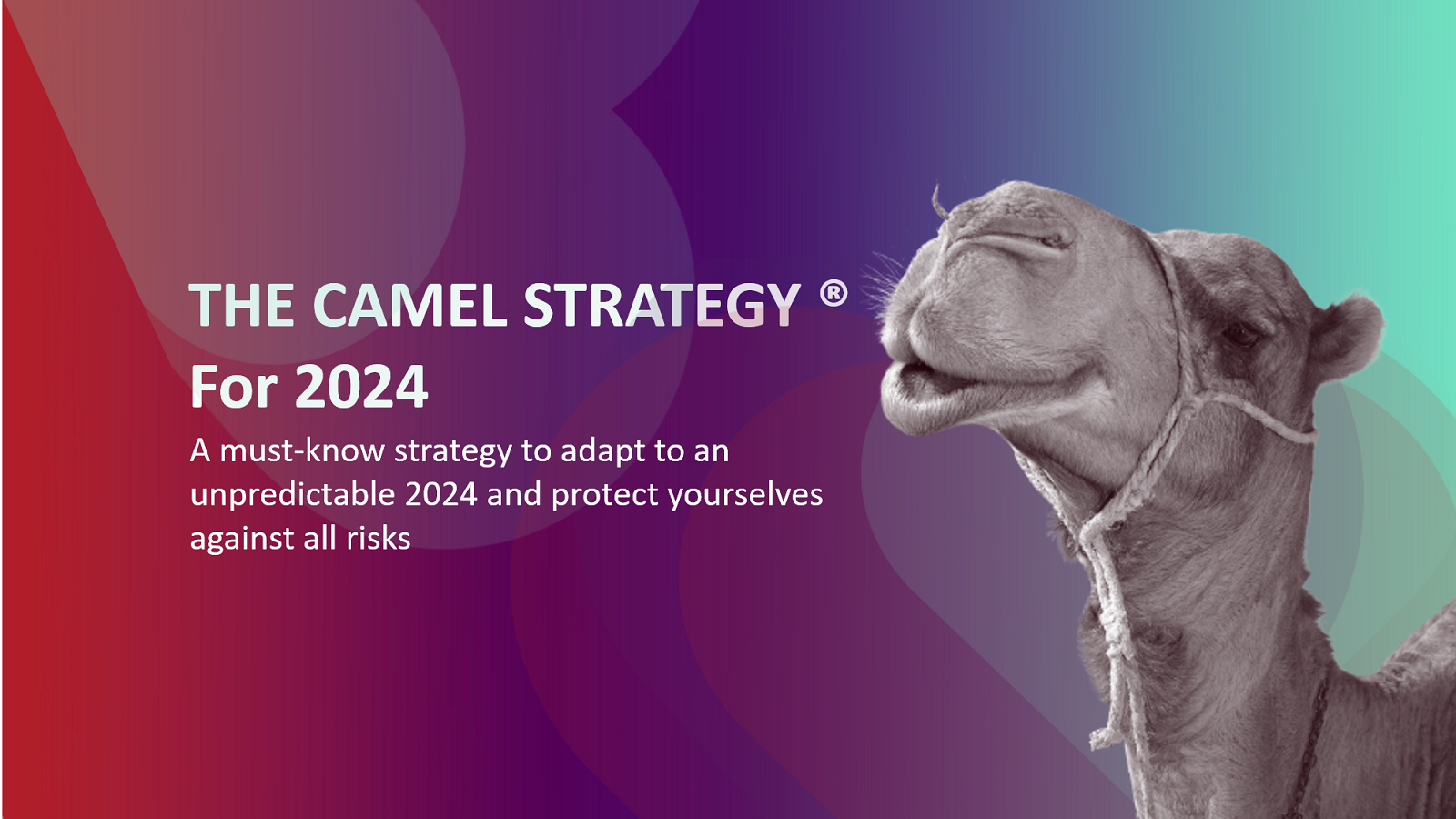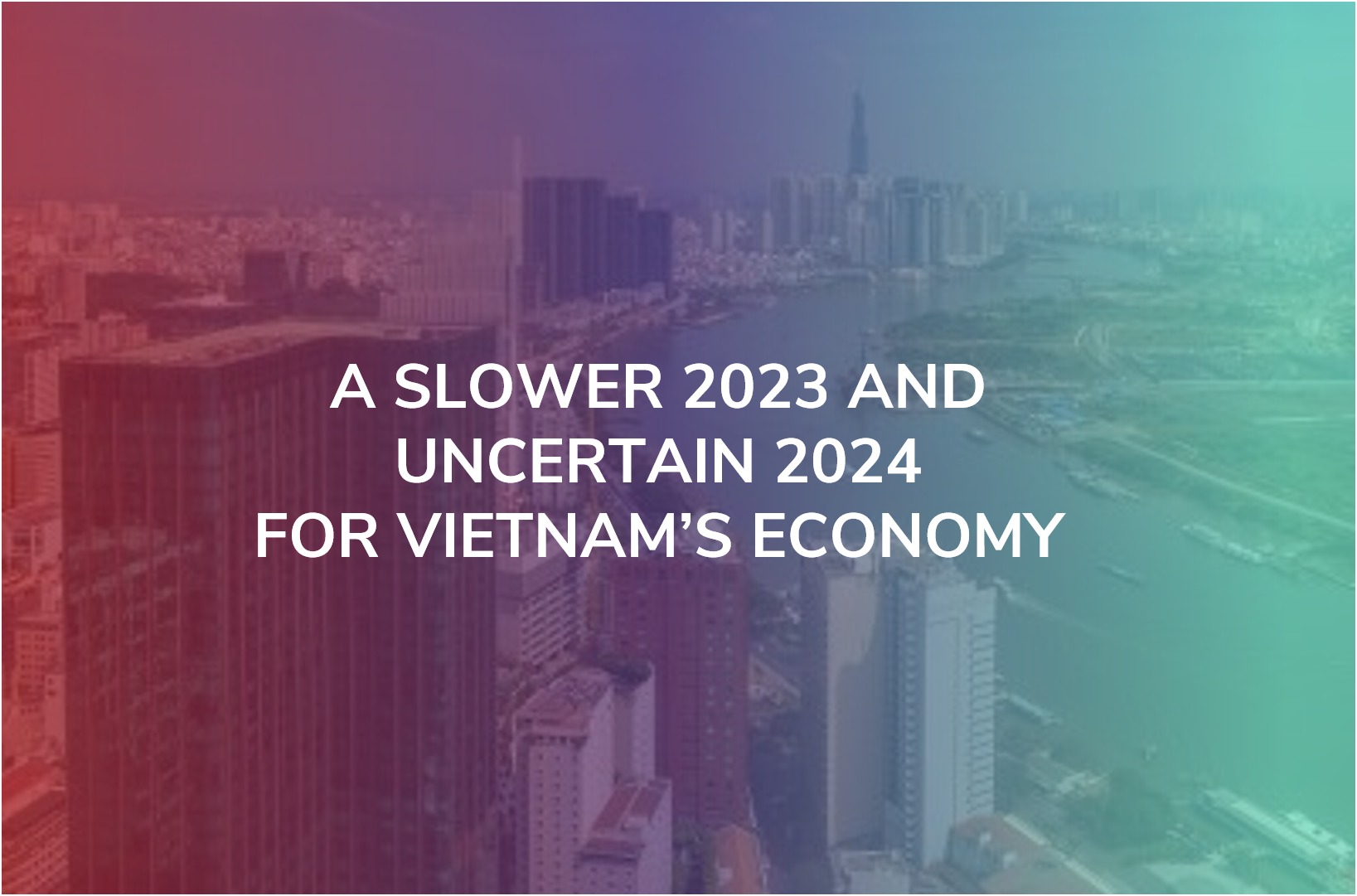Cost cutting makes you stronger
Summary
When everything is beyond our control, costs are the only thing that can be managed. However, drastically cutting costs immediately to save in the short term is a mistake. When companies implement sudden cost-cutting policies, they often have to give up the most crucial investments. If cost-cutting programs are hastily implemented, debates about investment purposes will arise. On the other hand, leaders often set overly broad and comprehensive goals, which weakens organizations, creates imbalance, lack of coherence, and in worse cases, crisis and loss of direction. In this article, the authors identify five keys to ensure that companies establish effective spending habits both in times of prosperity and decline.

About the authors:
Vinay Couto: is the Deputy Chairman of Strategy&, the strategy consulting division of PwC. He is a co-author of “Fit for Growth: A Guide to Strategic Cost Cutting, Restructuring, and Renewal”.
Paul Leinwand: is a Director at PwC US and the global Chief Executive Officer for capabilities-driven strategy and growth at Strategy&. He is an adjunct professor at Northwestern’s Kellogg School and a co-author of several books, including “Beyond Digital: How Great Leaders Transform Their Organizations and Shape the Future”.
Sundar Subramanian: leads Strategy& and heads enterprise, value, and practical digital transformation strategies.
From the Magazine (July-August 2023)
During times of economic turbulence, many leaders resort to a familiar contingency plan: cost-cutting. When everything seems beyond our control, costs become the one aspect that we can manage. However, viewing cost-cutting solely as a means to save short-term budgets is a nearsighted perspective. Regardless of whether they are facing urgent demands or not, leaders should consider every expenditure as a precious investment and recognize that decisions to increase, decrease, or maintain these investments will shape the company’s future.
Danaher, a diversified global conglomerate headquartered in Washington, DC, is a successful enterprise because it treats costs as investments. Some investments are good, while others are not so great. Instead of slashing costs, Danaher strives to eliminate inefficient investments while preserving profitable ones, even during both prosperous and challenging times.
An important factor in this business’s approach involves implementing what’s called the Danaher Business System across their business lines. This system is based on lessons learned from a series of large Danaher enterprises, repeated to ensure smoother project execution. George Koenigsaecker, who first deployed this system in the 1980s as the head of Danaher’s tool group, recalls, “Most managers think you should use a tool only once.” Koenigsaecker, now an investor and lean manufacturing expert, points out that a single application of process improvement can increase productivity by 40%. “But to get a 400% increase, you have to use it at least 10 times,” he notes. “You have to experiment with the tool’s application many times.”
At Danaher, efficiency reigns supreme, and reminders of efficiency are present everywhere in the company. For instance, in meetings, executives often question whether the meeting truly needs to take place, even if it’s scheduled. The mantra is “Don’t waste anything.”
On the contrary, many companies apply cost-cutting once and instinctively implement it because they believe it’s the sole option to achieve profit goals. Unfortunately for these companies, as they hurriedly discard what they deem unimportant, profitable investments tend to go with them.
Such risks have been increasing in recent times. In a PwC survey conducted in November 2022, 42% of senior executives indicated that cost-cutting would be a top priority in 2023, a prediction driven by the turbulence of layoffs in the first half of the year. When cost-cutting programs are hastily and rushedly implemented like many ongoing programs, there is little (if any) strategic discussion about the goals behind these expenditures. Typically, leaders set broad goals, leaving functional groups and direct managers to quickly determine what (or who) needs to go. This makes organizations weaker, unbalanced, and some businesses gradually spiral into crisis and lose direction.
To learn more about how companies effectively manage costs while still achieving growth, we conducted a study on the largest 1,500 global public companies based on 2021 revenue. (Our colleague, Harsha Kasturirangan, a director at Strategy&, assisted in conducting this research.) Within this group, we identified 201 companies (or 13% of the sample) that underwent what we call a “cost transformation” from 2015 to 2018: achieving EBITDA at or above the industry average while having below-average revenue growth. This separated companies that increased profits by cost-cutting from those that increased profits through investment. We then analyzed the financial results of these 201 companies over the three-year period ending in 2021. Among these companies, 125 (62%) delivered below-market revenue and profit growth. Their revenue remained relatively stable, decreasing on average by 0.6%, and their EBITDA declined by 8.3%. Despite their previous profit surges, the efforts of these companies also ebbed because they had essentially reduced their future revenue.
One way to gain a better perspective is to imagine a new competitive rival entering your business area without carrying the baggage of all your company’s past mistakes. How would the competition unfold?
The good news is that 76 out of the 201 companies (including Danaher) exhibited higher revenue growth and profit margins in the subsequent three years. On average, their revenue increased by 16.8% and EBITDA by 6.8%. These companies span multiple industries—including technology, industrial, pharmaceuticals, and financial services—with no single sector accounting for more than 11 companies. They are also geographically diverse, headquartered in 19 countries across North and South America, Europe, Asia, and Australia.
These 76 companies clearly positioned themselves for success in the future. The question posed is: What did they do right that others did wrong?
Creating a Growth-Oriented and Cost-Efficient Organization
To succeed in cost transformation, you need to rethink and bypass hidden costs. This approach is akin to the fundamental idea of budgeting from scratch, similar to Peter Drucker’s famous question, “If you weren’t already in this business, would you enter it today?” Applying this mindset to every project, product, and position allows leaders to see the cost structure in a systematically strategic manner. This is crucial because few things are more strategic in this world than intelligent consumption.
In our analysis, the need to deal with every single line item isn’t enough; it’s like an endless battle in itself. We believe that you also need to take the following 5 critical steps.
Link Costs to Output Results
View every dollar spent as an investment to create value for customers and, in specific multifunctional capacities, to deliver that value. Costs should be utilized, not frozen in the organization’s treasury, and they should be linked to growth. Budgets need thorough discussion with senior leaders and should be a top priority in focusing on supporting strategic objectives, as well as the capabilities to achieve those goals.
A prime example in this case is IKEA. The company has long adhered to a concise principle that conveys this promise to customers: “We do our part. You do your part. Together we save money.” After opening its first retail store in 1958, the company’s founder, Ingvar Kamprad (the “I” and “K” in IKEA), prompted employees to seek every opportunity to cut costs without affecting product quality, customer experience, or performance – a direction the company continues to pursue to this day. For instance, IKEA’s designers continuously research packaging to reduce its materials and dimensions, allowing the company to fit more product pieces into a container, saving costs with lower pricing. The alignment between strategy and practice in product design is quite rare. In many companies, products are designed by individuals not responsible for cost management. However, IKEA connects its design department with all customer outcomes, including costs. If you have the opportunity to visit the company, you’ll notice the company’s frugality is highly apparent. For example, executives almost always take their customers – even VIP guests – to eat in IKEA cafés rather than fancy restaurants to avoid customers bearing extra expenses.
Remember that for IKEA, the cost-saving mentality is intertwined with the company’s overall strategy and customer-centric approach. This highlights the importance of integrating cost considerations into the fabric of your organization’s philosophy, ensuring that they align with your strategic goals for sustainable growth.
Radical Simplification
Companies often overlook their activities and make incremental adjustments instead of having a bold, comprehensive view of which business activities, product lines, SKUs, or projects should be part of their future. Most people also undervalue expense metrics, instead calculating direct costs rather than the cost of the system. To gain a better perspective, imagine a new competitive rival entering your business area without suffering the consequences of all your past decisions. How would competition unfold? What products, activities, solutions, and services would the company create? How would you simplify meeting customer needs to achieve the highest profits?
The Dutch company Philips, historically known for lighting and personal electronics, made a significant shift in the mid-2010s, focusing on healthcare and divesting or selling all other businesses. They recognized that success required a sole focus on healthcare. With this macro-level simplification, the newly allocated funds were invested into bolder strategic healthcare projects, leading to significant innovations in healthcare products and services.
Consider reimagining value chains digitally, in sprint mode
Indeed, automation has immense potential – but not when it’s abused for prolonged large-scale technology programs. Companies can realize the benefits of digitization by revisiting entire processes end-to-end, but they’ll achieve much more short-term gains when they prioritize automation – or replacement for existing tools. To manage these transformational efforts, some companies are building “digital factories,” areas responsible for rapidly and continually deploying automation throughout the organization.
These “factories” make processes run like a well-oiled machine. They also enable companies to assess all automation investments comprehensively. While you ask how you can afford the capabilities to drive substantial cost reduction, we’ve found that not only can they afford it, but they also generate enough savings to fund other growth initiatives.
Executives at one of our customer companies, a global-scale food and beverage company, embarked on a multi-year enterprise resource planning (ERP) modernization program. They quickly realized that necessary cost improvements were too vital to wait for. They established a digital factory comprising experienced individuals in automation design, development, implementation, and maintenance. These individuals were tasked with simulating manual, expensive, and time-consuming processes (like procurement cycles and HR functions from recruitment to retirement). The team’s solutions both economized the current ERP foundation and reshaped processes to prepare for improved automation and the profound insights the new system would offer.
Reflecting on Your Work and Company Ecosystem
Creating powerful innovations is far from inexpensive; it requires substantial resources, technology, data, and people. Smart companies realize what truly needs to be different – and then consider who can bring those changes to life. Your partner ecosystem might have a much larger scale in certain areas than your own. Outsourcing allows you to focus on critical investments.
The tasks a company must perform today are much more complex than a decade ago. For instance, the typical marketer of the past decade was a savvy professional who could manage various activities. However, now marketing demands specialization in many fields, such as social media, ethnographic research, data science, and content management. Ensuring that all staff members have deep expertise not only costs money but also requires a talent model aligned with a career progression path and skill development across multiple domains. External agencies provide an appropriate platform to meet large-scale needs, as well as a way to create a clearer career progression for talents specialized in a particular field.
In the early 2000s, Apple recognized that manufacturing wasn’t at the core of their strategy and historically wasn’t a strength either. As a result, the company swiftly outsourced nearly all component and finished goods manufacturing to partners within the ecosystem. This freed up the company to pursue more comprehensive innovation in materials and design and integrate additional data and devices across various products, enhancing the overall differentiation of their products.
Building a Sustainable Cost Management System
Smart companies don’t view cost-cutting as a knee-jerk reaction to an ailing economy; they believe that the primary mission of managers is to maintain a continuous focus on costs. However, this mindset is still relatively novel. Too many companies scaled down their business during tough times and then ramped up selling expenses, overhead, and operating costs in the subsequent years; they seem not to understand this business model.
Your budget is a litmus test for how your company perceives costs. If you tend to incrementally adjust costs through functional budgeting exercises, you might be managing costs reactively or without a strategic perspective. But if you budget from scratch and allocate and evaluate across functional lines, focusing on critical and distinctive capabilities, you’re creating a cost-conscious culture and cost management process.
HP adopted a sensible approach in 2019. Despite a robust global economy at the time, the renowned computer and printer products and services provider began to feel headwinds from intensifying competition and increasing commoditization. To counter these headwinds, the company embarked on a cost transformation to radically simplify its product portfolio, eliminate layers of organization to get closer to customers, and prioritize R&D. Additionally, HP optimized its real estate footprint, creating more efficient digital workspaces as it transitioned to a hybrid work model. The company also built a new digital backbone: an ERP system that allowed it to deploy more tools and methods. These carefully considered moves cut over $1.3 billion in annual costs. These significant savings enabled HP to invest in R&D, mergers, acquisitions, and navigate significant shifts in its industry.
HP is currently targeting an additional $1.4 billion in annual savings by simplifying its operating model and business processes, as well as streamlining its operating model. A substantial portion of these funds will be reinvested into Future Ready initiatives to drive growth through innovative innovation. HP’s CFO, Marie Myers, notes that these changes often require “tough choices” but believes they will allow the company to continue delivering modern services to its business customers.
Starting Point
Cost transformation in a business is not an easy task. It requires significant changes in technology, operating models, workflows, and even the very fabric of a company’s DNA. Such change is inherently challenging, and in recent decades, the constant firefighting and pressure to maintain sales only make implementing these changes more complex.
To link costs with strategy and avoid cyclical cost-cutting, companies should follow these principles:
- Top-Down Alignment: This transformation can’t be fully delegated. The board of directors, CEO, and leadership teams need to commit to taking the necessary steps to achieve the outlined goals. When the change is revolutionary, those below may resist it. Some within the management team might lack the capability, mindset, and determination to execute such a revolutionary change.
- Build Confidence through Acceleration: Initial wins generate momentum, focusing the organization and convincing employees that change is entirely feasible. Initiatives to capture these often involve swiftly closing projects without strategic results. This will narrow performance gaps in critical areas, reduce costs, and provide funding for longer-term initiatives. If they can demonstrate a positive impact on profit and cash flow from day one, they set the transformation process on a self-sustaining path. Other immediate opportunities include eliminating unnecessary roles, applying digital automation to cumbersome tasks, and reducing spending on external contractors.
Setting Goals for a Two-Year Journey
Investors and analysts are becoming increasingly skeptical about transformation efforts that span over 24 months, especially when the promised benefits often fail to materialize. Organizations also grow weary of enduring repeated changes over the course of several years.
Executives and managers need to demonstrate that they are “proud cost reducers” to dispel the notion that cost reduction is the responsibility of top management handed down to the cost management and risk departments.
Hence, the key is to undertake cost transformation efforts that deliver results in the short, medium, and long term. Imagine it has three chapters:
Chapter I: Introduce cost reduction initiatives that don’t rely on technology, freeing up cash to invest in what truly matters.
Chapter II: Activate more complex initiatives involving moving work across geographical boundaries or automating major processes using ERP or advanced digital technologies.
Chapter III: Ensure you’ve built a continuous cost management process and are investing in new products, platforms, and capabilities that will give you a fundamental advantage.
Building a Specialized Infrastructure for Transformation
Undertaking business transformation while running operations can feel like juggling. The company will need a Chief Transformation Officer, someone to focus on aligning strategy and costs in all economic environments and ensuring executives are responsible for both “execution” and “transformation,” recognizing that both are crucial. This newly appointed or elevated C-level executive needs to be supported by a Transformation Office that structures workflows, appoints sponsors and project leaders, defines accountability, and drives results. The work environment must cultivate confidence in an authoritative and independent direction. It will serve as the sole source of credible data and intervene when obstacles need to be overcome, core adjustments executed, or diverse workflows synchronized.
Seize the Opportunity of Mid-Level Managers and Frontline Staff Early
As they bridge the gap between frontline and senior leadership, mid-level managers are well-positioned to contribute. Give them a voice in this process to make them feel invested. Allow them to provide feedback, pushback, and share their ideas. Provide them with motivation to truly innovate – even sharing the benefits with them. On the other hand, frontline staff can best evaluate which costs can be cut and which processes can be rationalized without affecting quality or customer satisfaction. Our work with client companies shows that frontline leaders can drive broad support for robust cost management efforts far beyond what any sponsored company-wide initiative can achieve.
Embed Your Culture into the Work
Continuous change becomes sustainable when your culture enables transformation rather than obstructing it. The key is to focus on a few critical behaviors – behaviors that some individuals consistently exhibit, which will lead to tangible business improvements if everyone adopts them. Changing behavior is challenging, and trying to change too much at once is impossible, but concentrating on a few behaviors will make it easier for them to transition into new ways of thinking.
At a global food company, all employees are required to adopt three behaviors: speaking up when they see waste anywhere and offering solutions for rectification; using self-service options for their business needs whenever possible; and encouraging teams to carry any backup documents to assess activities and adherence to recommendations. These behaviors foster cost awareness even when no one is watching and encourage employees to spend the company’s money as if it were their own.
Build Mechanisms for Continuous Cost Focus
The need to reallocate resources to strategic capabilities and your highest growth businesses remains. Financial systems should be more transparent around “good” costs – costs related to differentiating capabilities – and “bad” costs, necessary to sustain business operations. Provide budget owners with detailed information about cost-driving factors and help them gain a deeper understanding of the economic implications of decisions.
For example, one of our clients created a simple visualization to show how a saved dollar flows through the system and leads to stronger company performance. This allows direct managers to see how limiting unnecessary expense types can turn them into favorable outcomes for themselves. At IKEA, an annual review of all costs and prices is an integral part of the company’s purpose as stated: saving money for customers and ensuring continuous attention to cost management.
Leaders should require business unit and functional owners to be accountable for achieving incremental changes in certain cost categories (e.g., SG&A, transportation, indirect spending, and cost of goods sold), alongside traditional P&L targets. The executives themselves must act as cost-conscious symbols. They need to actively demonstrate that they are “proud to be savers” to dispel the common skepticism that cost reduction is something the top says and the middle must do.
. . .
Today’s economy places cost management at the forefront and center of meetings and leadership groups. When addressing this issue, executives face a choice. They can either cut costs in a traditional manner, risking making their organization weaker, or they can work diligently to rethink the fundamentals of their business: identifying bold outcomes that will differentiate the organization, simplifying all of their operations, saving through automation, leveraging their ecosystem to perform activities they shouldn’t own, and embedding cost management into everything they do.
You’ll know you’ve made progress when cost is not a negative topic for a few, when your budget truly reflects strategic choices, and when your entire company values how valuable investments are. At that point, you’ll not only find better ways to manage costs, but also discover ways to transform your company and shape its future.
A version of this article appeared in the July-August 2023 issue of Harvard Business Review.
Now that you’ve read this far, you’re likely very interested in business efficiency and cost control, as well as seeking effective solutions for your business growth activities. Metta Marketing is delighted if you connect with us, and we’re ready to provide a free brand consultation, as a token of appreciation from Metta to you, the reader of this article.
Source: Harvard Business Review
Metta Marketing
Leading Brand Strategy Consultant
SUBSCRIBE TO RECEIVE LATEST UPDATES ON MARKET AND MARKETING.










